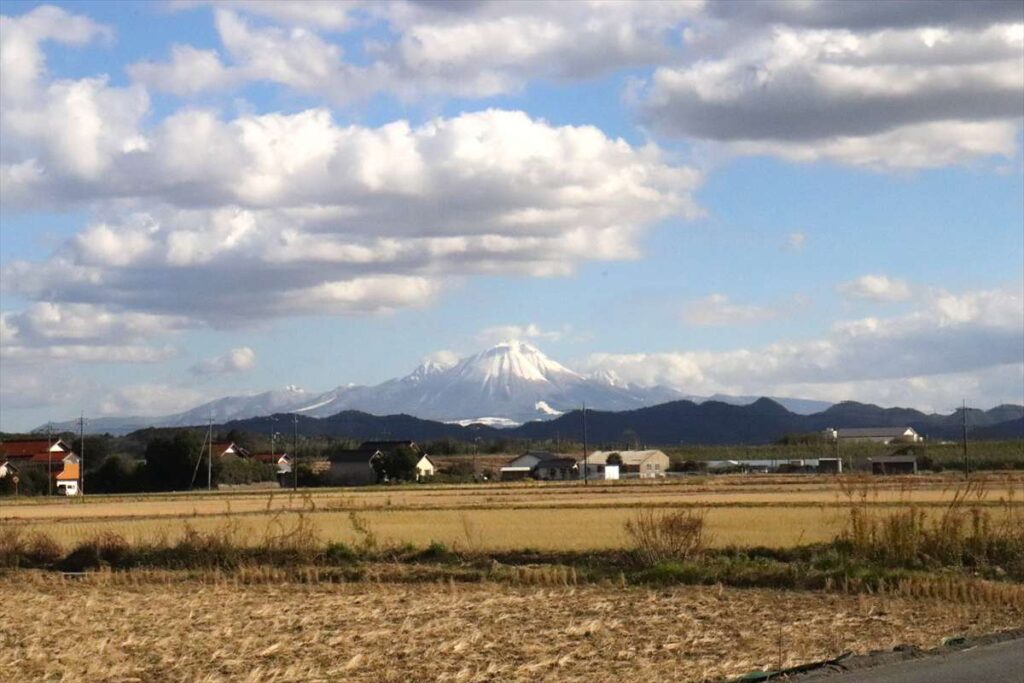In western Japan. This renowned museum has gained fame for being ranked #1 Japanese garden for consecutive years. Visitors appreciate the garden as artwork.
This art museum stands in Shimane Prefecture. It showcases Nihonga, or Japanese-style paintings. Yokoyama Taikan, who helped found the Japan Art Institute in the Meiji era, plays a central role in the collection. The museum also features beautiful Japanese gardens.
The museum sits in Yasugi City, near the center of Shimane Prefecture. Yasugi is known as the birthplace of the folk song Yasugibushi, famous for the comical “Dojo Sukui” (loach-scooping) dance. I drove from Matsue. Suddenly, a large parking lot appeared in the middle of the rural landscape. At the edge, there was a large building shaped like a traditional storehouse. This is the annex. The main building sits further behind it.
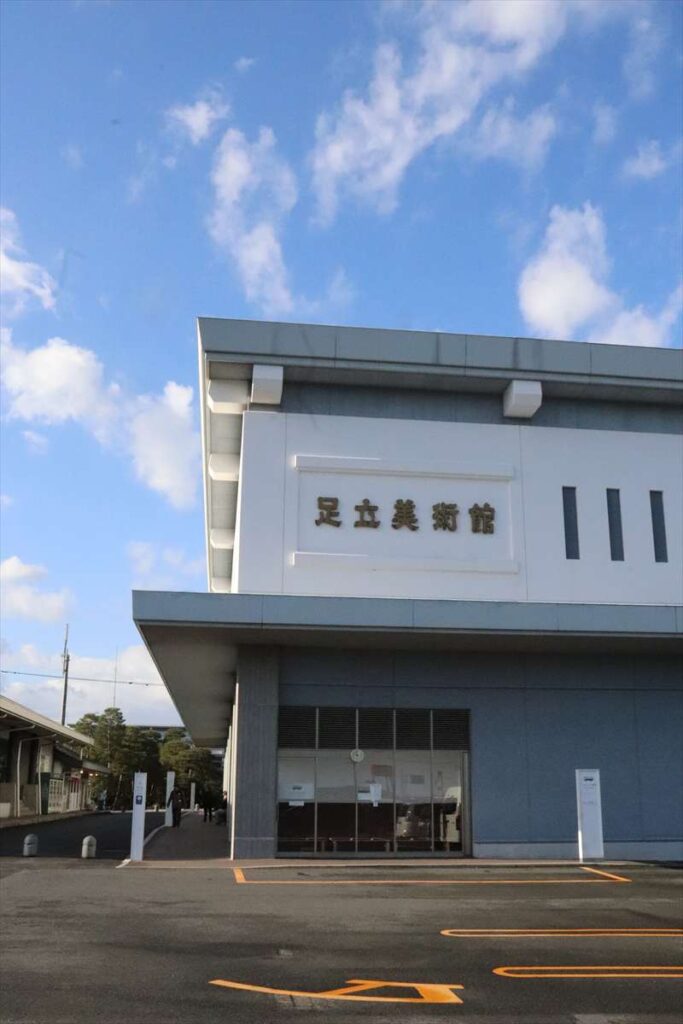
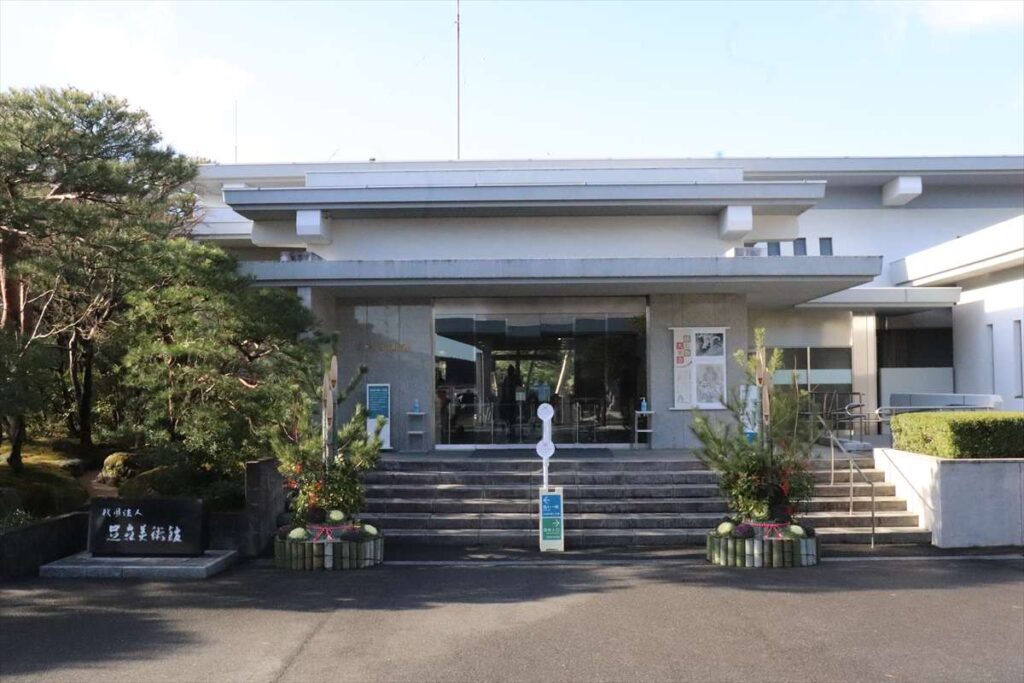
This museum is better known for its gardens than for its art collection. You may have seen the phrase, “Japan’s Number One Garden—Year After Year.” That catchphrase caught my attention and made me want to visit.
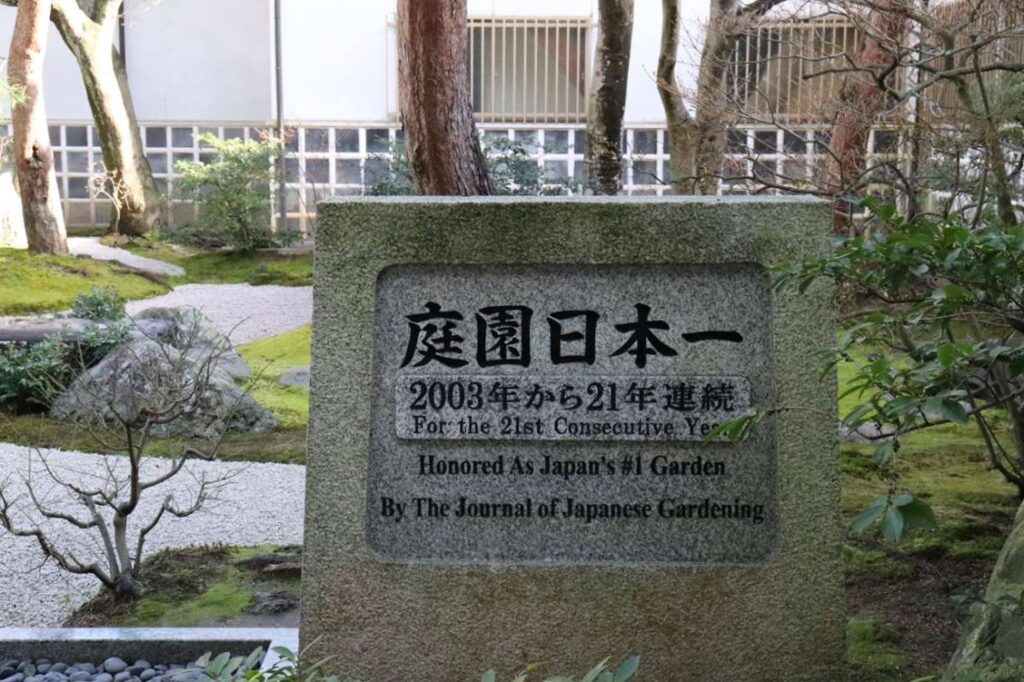
From the parking lot, I walk past the annex and head toward the main building. On the left, I see a souvenir shop. I cross the road and enter the main building. The museum opened in 1970. The building is made of reinforced concrete, but its age gives it a sense of history.
The main building has two floors. Visitors follow a designated route, starting on the first floor. On the right, a garden stretches out beyond the glass wall. As I walk along, I think, “So this is the famous garden.” I’m not an expert on Japanese gardens, but it feels like something a daimyo, a feudal lord, gardens.
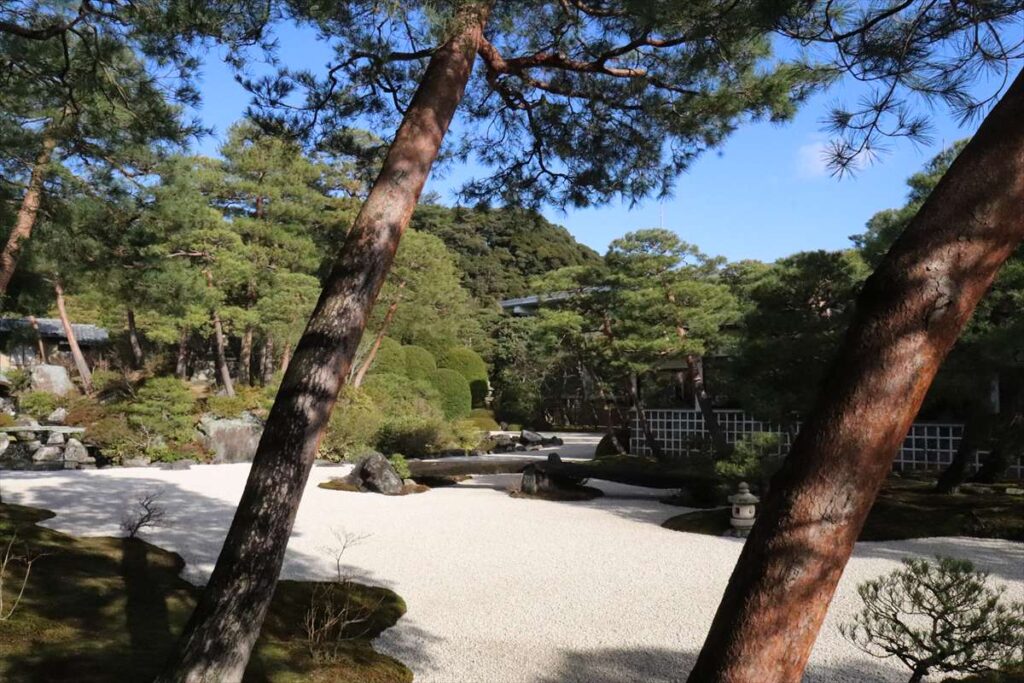
When I think of a garden, I imagine the rock garden at Ryoan-ji Temple in Kyoto. That one is small and compact. This garden feels very different. It spreads out in a grand, open way. I walk through a corridor that let me view the garden the whole time. There’s a spot where I can step outside, but the garden is only looking, not walking through.
At the far end, I see a mountain. This is an example of shakkei, or “borrowed scenery.” It’s a technique that brings in outside elements, like mountains, forests, rivers, or the sea, as part of the garden design.

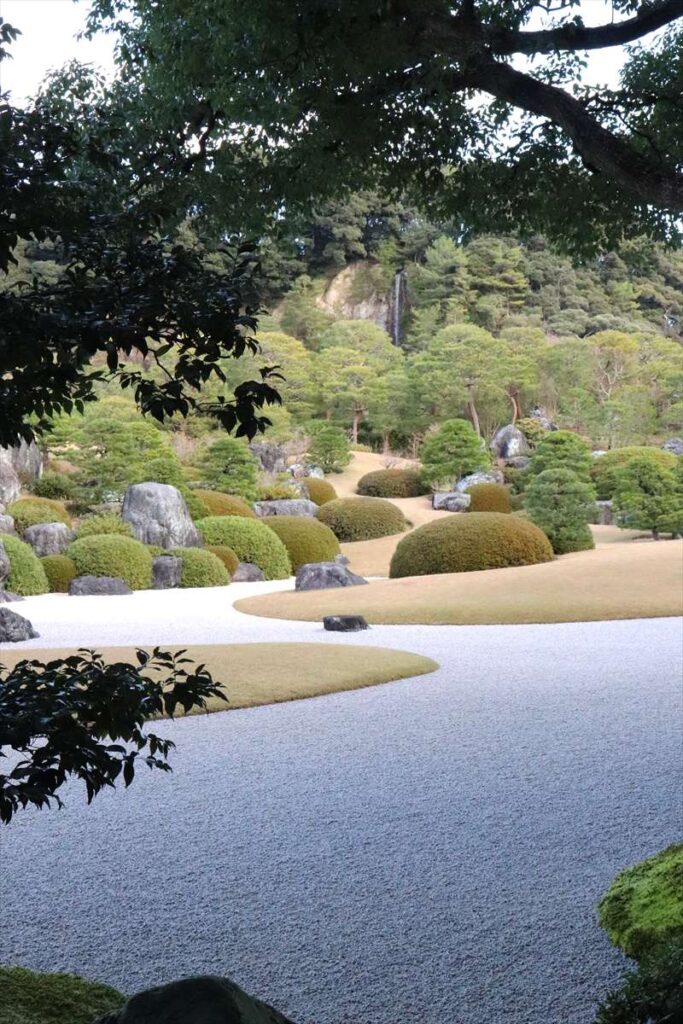
This museum treats the garden as an artwork. Museum wants visitors to appreciate the garden the same way they would appreciate paintings.
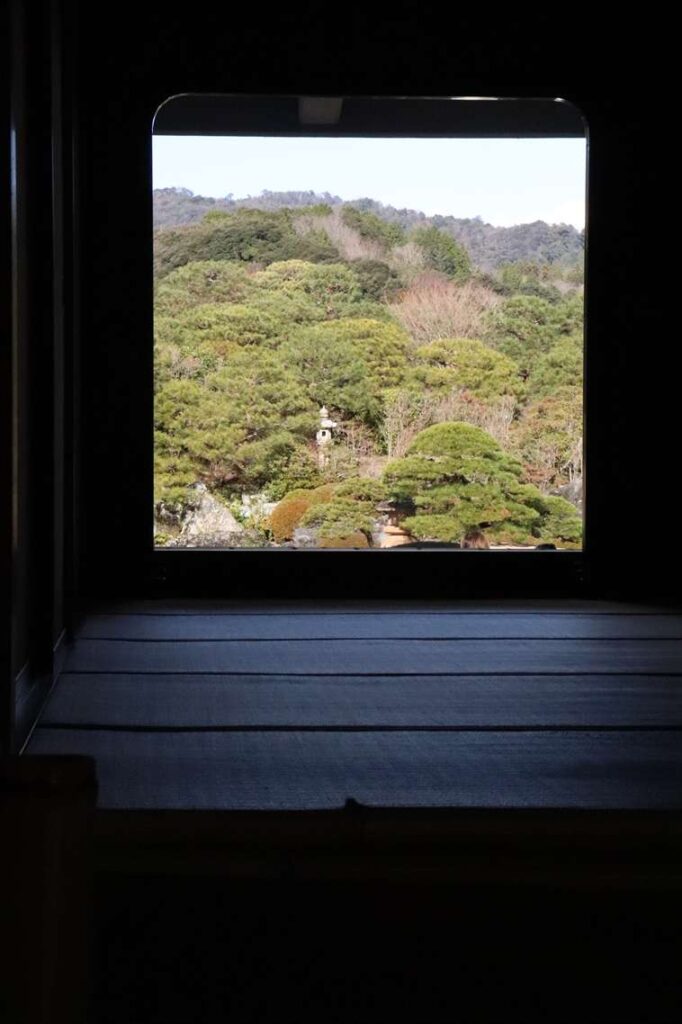
As I walk along the first-floor corridor, I find two tearooms. They offer a quiet, elegant space where I can relax and enjoy the garden view. There’s also a separate building on the same floor with another tearoom that serves matcha. To enter any of the tearooms, it is necessary to pay the museum admission fee. But the museum offers a two-year free pass. I imagine some local residents use it to visit the tearooms regularly.
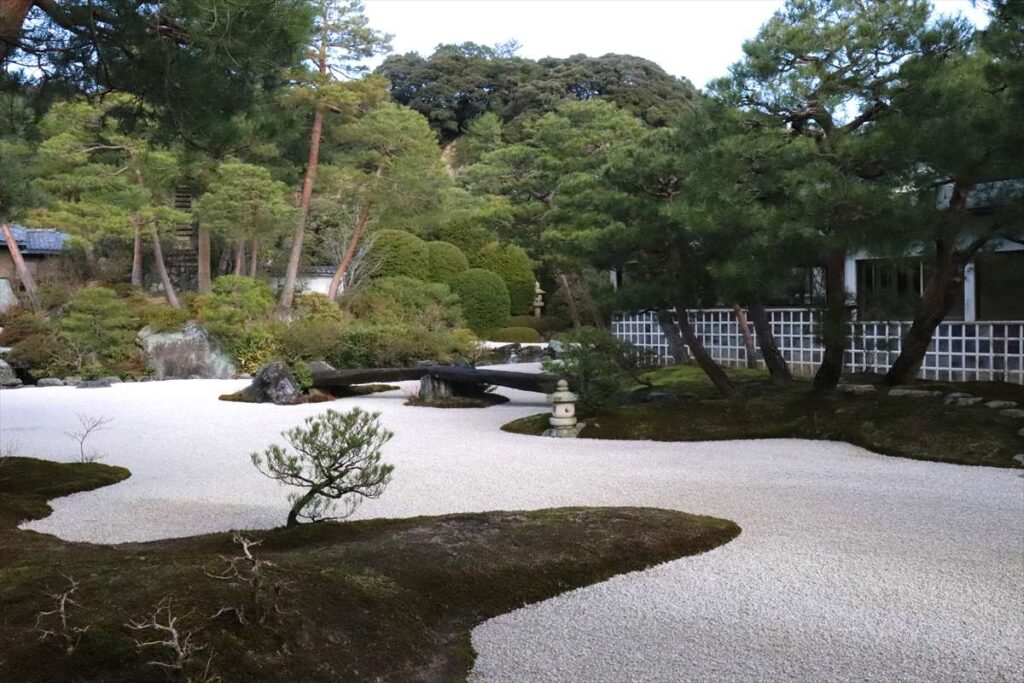
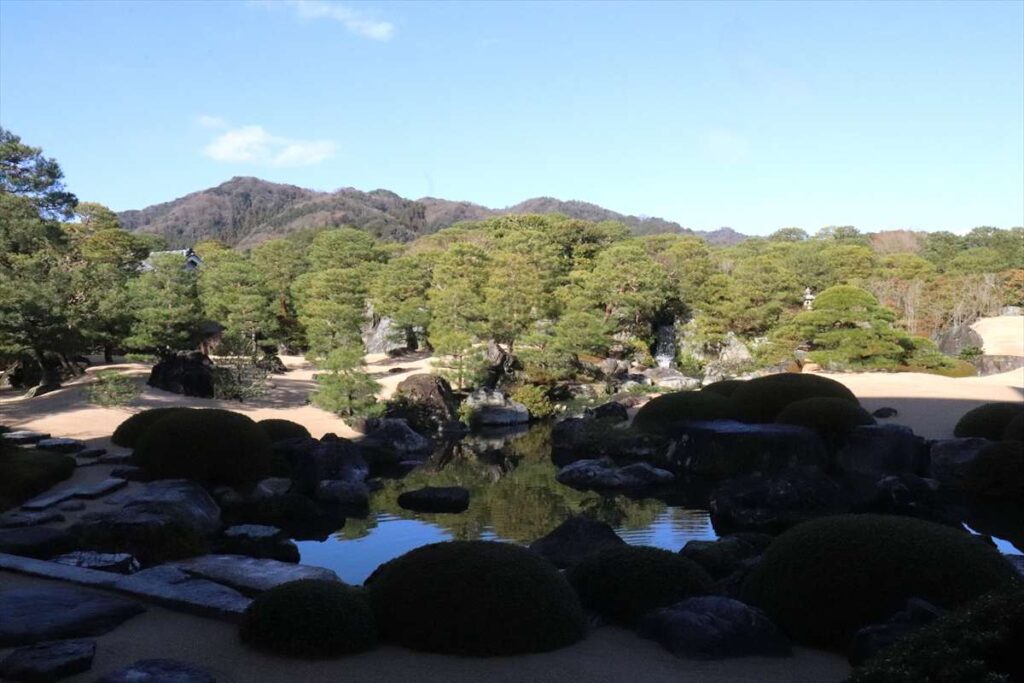
Traditional art and Japanese paintings are displayed along the first-floor corridor of the main building, on the second floor, and on both floors of the annex. Japanese painting galleries usually keep rooms dark to block natural light and use indirect lighting. This museum follows the same method. The main building and annex are connected by an underground passage, which runs beneath a public road that separates them.
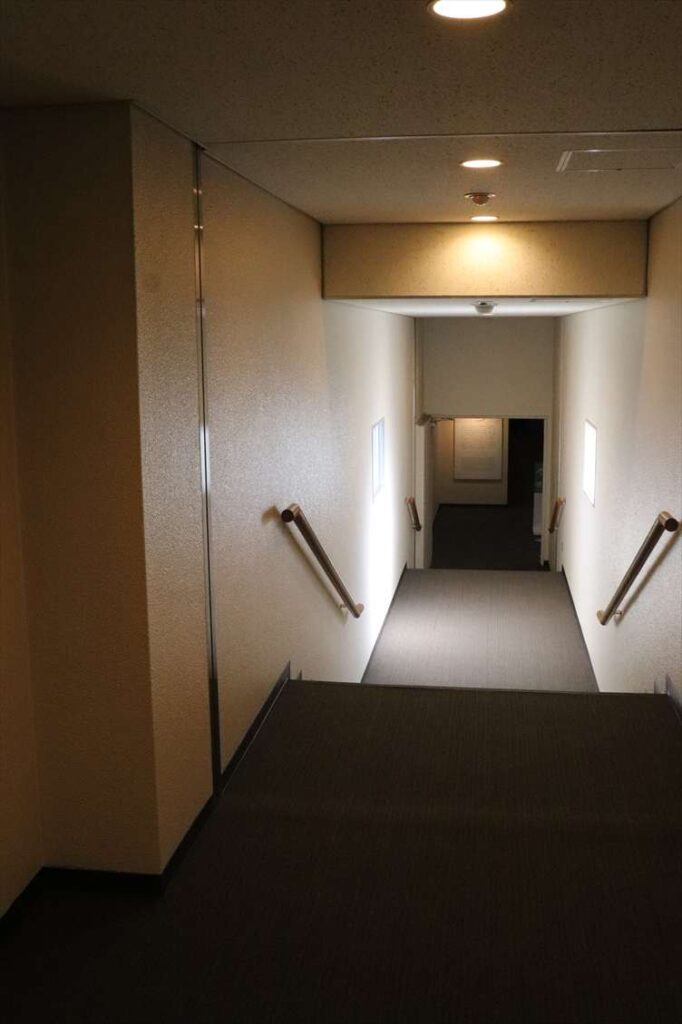
I don’t know much about Japanese paintings or traditional art, so I can’t fully appreciate their quality. However, when I quietly look at the softly lit paintings and folding screens in the dim rooms, I feel calm. There are several places like this in the museum where I stopped to linger.
Although visiting is not easy due to its location, I believe it is well worth the trip from the perspective of gaining a deeper understanding of Japanese culture. I highly recommend stopping by when you visit the San-In region.
Visited in 2025
Basic Information
■ Name : Adachi Museum
■ Address : 320 Furukawa-cho, Yasugi, Shimane, 692-0064, JAPAN
■ Homepage : https://www.adachi-museum.or.jp/en/
■ Others
- I visited in the winter morning. Although it was sunny, parts of the garden were shaded by the museum building’s shadow. From this experience, I think it might be better to visit during the middle of the day when the sun is higher.
- Regarding the “consecutive number one in the Japanese garden rankings,” this ranking is published by The Journal of Japanese Gardening, an English-language magazine specializing in Japanese gardens and architecture issued in the United States. The rankings are based on “quality” rather than “historical significance” or “popularity,” and selections are made by experts.
- About 30 kilometers east of this museum is Mount Daisen, the highest stratovolcano in the Chūgoku region. It is a beautiful mountain reminiscent of Mount Fuji, so please don’t miss it.
